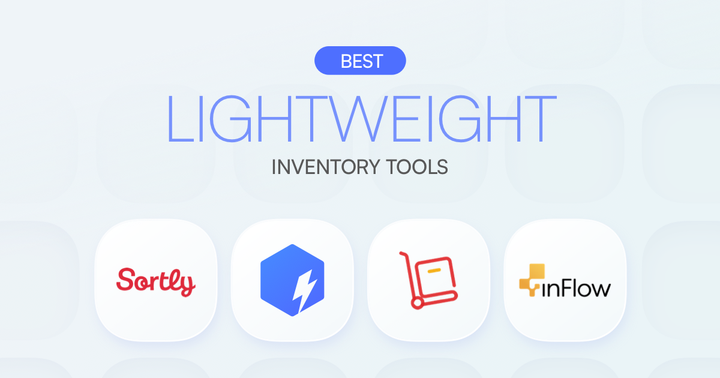DTC E-Commerce: What You Should Know in 2025

Amazon gifted us with the convenience of receiving any product to our doorsteps, but consumers are now seeking a return to direct interactions with brand owners.
Manufacturers, too, have grown weary of relying on intermediaries and sharing revenues with third (fourth, fifth…) parties. Direct-to-consumer (DTC) e-commerce has gained momentum, fueled by the pandemic and the rise of social media.
Let’s find out what brand owners and manufacturers can learn from the DTC phenomenon.
What is DTC e-Commerce?
DTC e-commerce, or direct-to-consumer e-commerce, refers to a business model where brands sell products or services directly to consumers, avoiding intermediaries like retail chains, wholesalers, or marketplaces.
Broadly speaking, DTC e-commerce is an approach in marketing and business, but it’s also become a term for small, independent online-focused stores. In its detailed guide on DTC e-commerce, Shopify primarily focuses on brands that are independent from large corporations, privately owned, and established within the past decade.
Meanwhile, McKinsey highlights that major brands like L’Oréal and PepsiCo are embracing direct online sales, too.
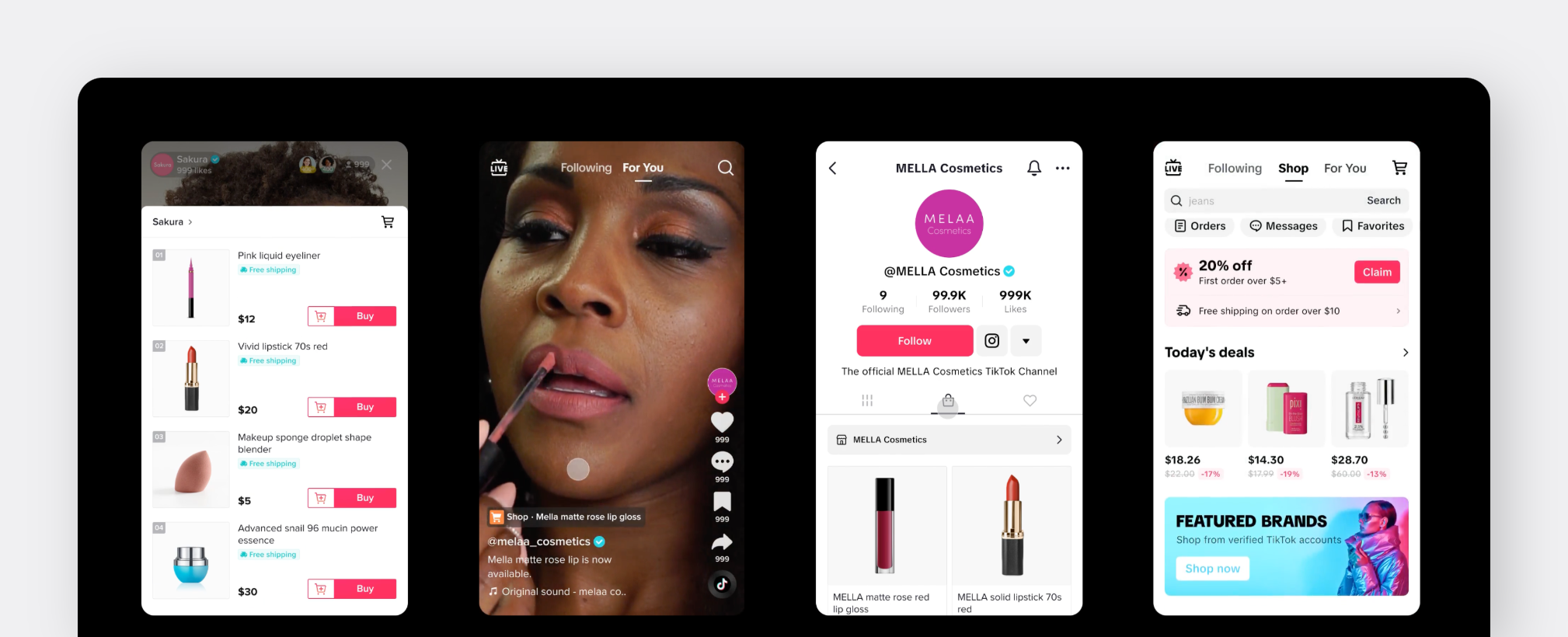
Let’s go through the key characteristics of DTC as a business model and a marketing approach:
1. The brand-customer relationship evolves through online channels.
The term “DTC” is most commonly associated with online businesses. For instance, while an apothecary in a mid-20th-century town also sold directly to consumers, it wouldn't be considered DTC because the model, as we know it today, is digital-first.
• Get a birds-eye view of your inventory, with infinite customizable categories for classification.
• Export and import inventory data in bulk.
• Let all employees see the up-to-date inventory data from their PCs, tablets, or phones. Granular access for different employee groups included.
Request a demo from our sales team and see all our features in action.
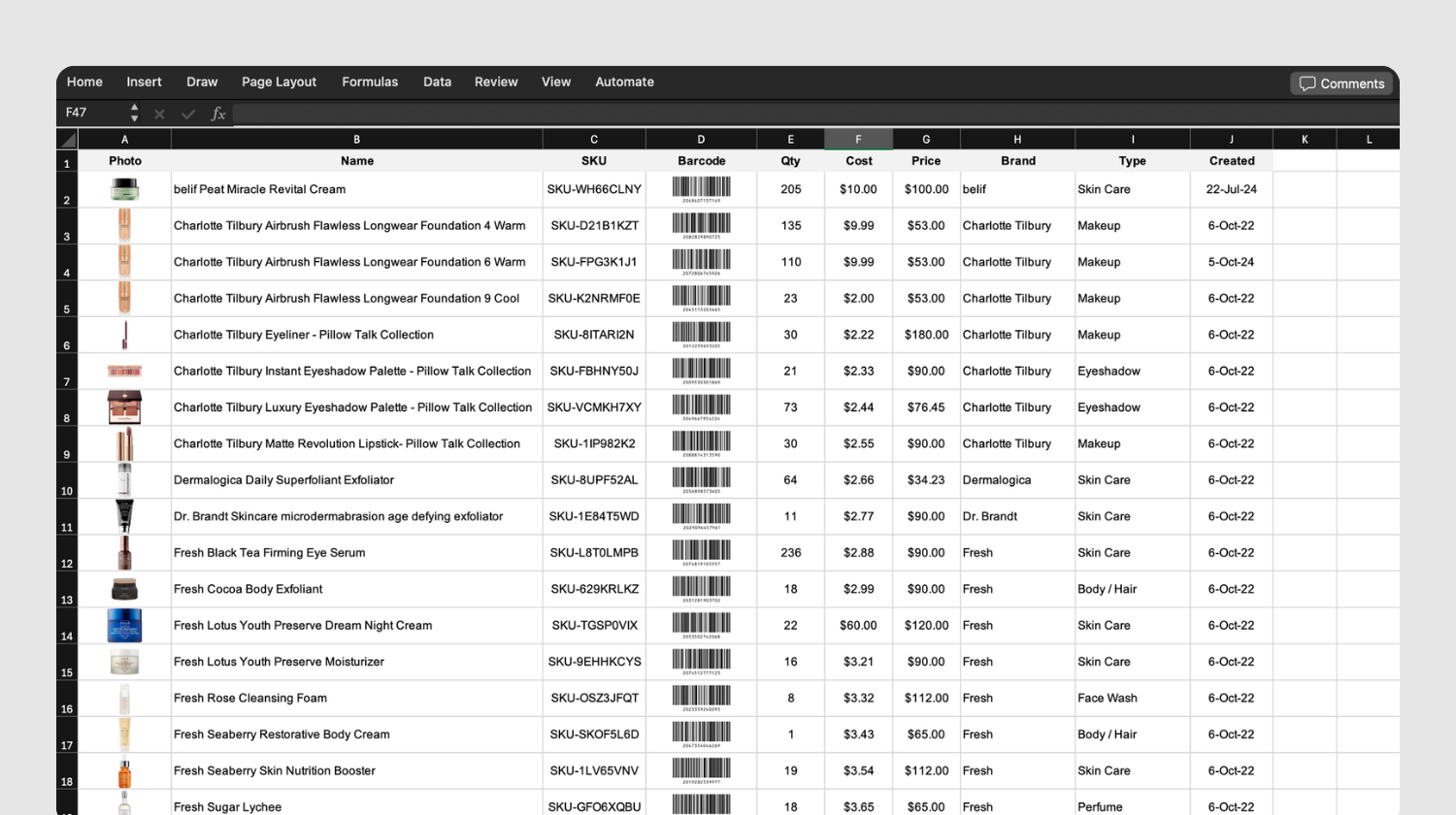
2. The brand founder oversees the key production stages.
Direct-to-consumer brand founders oversee every aspect of operations, including sourcing, inventory, payments, marketing, and staffing. But this doesn’t mean they can’t outsource certain tasks. For example, no DTC founder operates without payment processors, and they might even contract third-party logistics providers.
However, the value creation remains in-house, with a focus on minimizing reliance on intermediaries. This approach helps reduce costs and prioritize quality, which are often the core values behind DTC brands.
3. DTC businesses are often small, serving niche or local communities.
As these businesses scale and expand with additional branches or broader reach, logistics naturally become more complex, often leading to outsourcing and a shift away from the pure DTC model.
4. The direct-to-consumer approach helps brands build lasting connections with their target audience.
At its core, the DTC approach focuses on serving customers directly, preserving the unique “magical” bond between the brand and the consumer. While this direct connection requires more effort, it rewards businesses with the advantage of cultivating and “owning” customer loyalty.
Have you noticed that the restaurants you order from through delivery apps like DoorDash sometimes deliver meals in branded bags, advertising their own order-in phone line? This is another example of the shift toward direct-to-consumer interactions.
While delivery apps offer benefits such as handling delivery, dynamic pricing, and ensuring a steady flow of orders, the restaurant’s brand gains little value from these transactions.
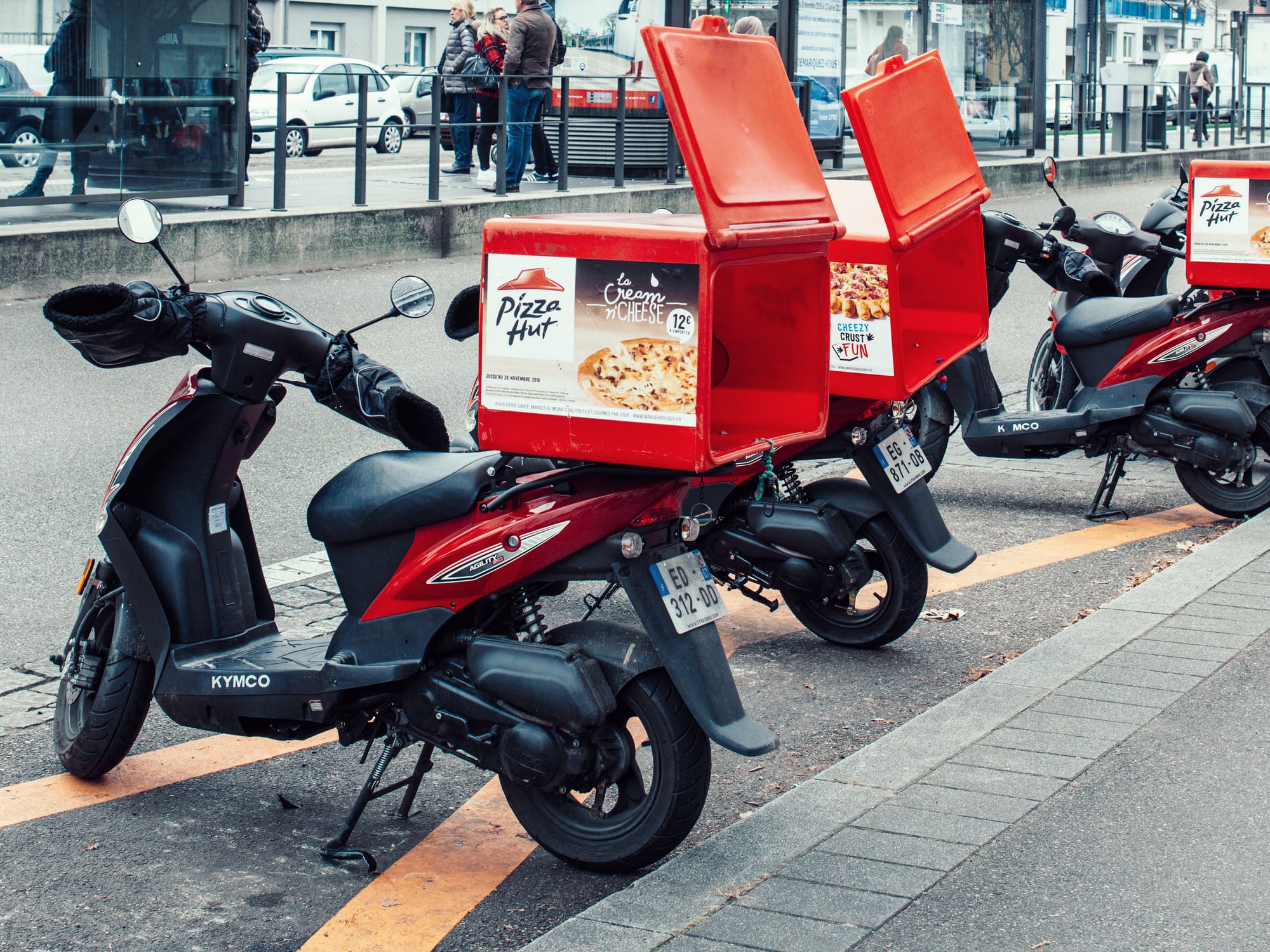
As we mentioned earlier, DTC doesn’t exclusively refer to specific brands but rather to a strategy that businesses—big or small—can adopt.
Why Should I Care About Direct-to-Consumer e-Commerce?
DTC marketing strategies have gained prominence particularly during the COVID-19 pandemic. The lockdowns pushed small businesses to either establish an online presence or entirely move their sales online to survive.
However, the rise of DTC isn't solely tied to the pandemic. It reflects a broader consumer shift—one driven by a desire to reconnect with brands on a personal level and a growing mistrust towards larger retail platforms. Think about how much criticism Amazon has received in recent years.
DTC brands are often seen as more sustainable, authentic, relatable, and “human,” which resonates with today’s values-driven consumers.
DTC is not just an intriguing cultural concept, but also a practical idea for your current or future e-commerce venture.
No false promises, starting your business isn’t easy. But these articles might help you get started:
▶︎ Inventory management best practices for small businesses
▶︎ How to set up a price as a small business
Moreover, BoxHero offers a free barcoding solution to help you organize inventory at the initial stages of your e-commerce journey.
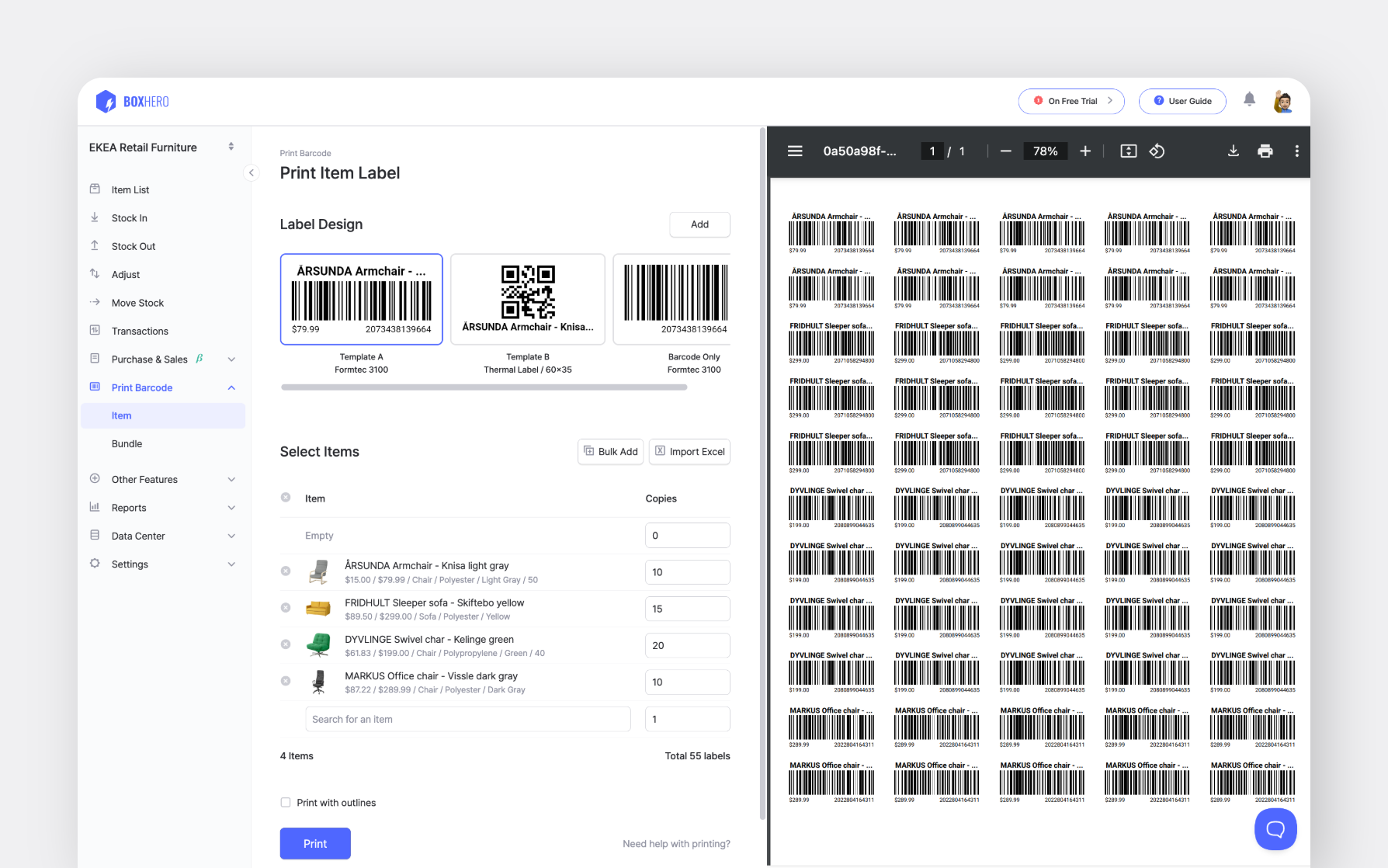
DTC vs. Retail
Retail companies do sell goods directly to consumers but act as intermediaries in the supply chain, bridging the gap between manufacturers and end customers. Unlike manufacturers, retailers don’t produce goods themselves. They buy products in bulk from manufacturers or wholesalers and sell them in smaller quantities to consumers.
Retail chains often have several physical stores across cities and countries, making it easy for consumers to shop in person wherever they live.
If retail didn’t exist, we would need to find manufacturers ourselves, negotiate with them about the price and quantity, and handle the delivery of goods to homes or offices on our own. Luckily, in 2025, all this is “outsourced” by end consumers to retail chains.
While retail offers convenience and variety, DTC provides a more personal connection between the brand and the consumer.
"Big-box retailers," such as Macy’s and Target, are examples of traditional retail models that cater to a broad consumer base.
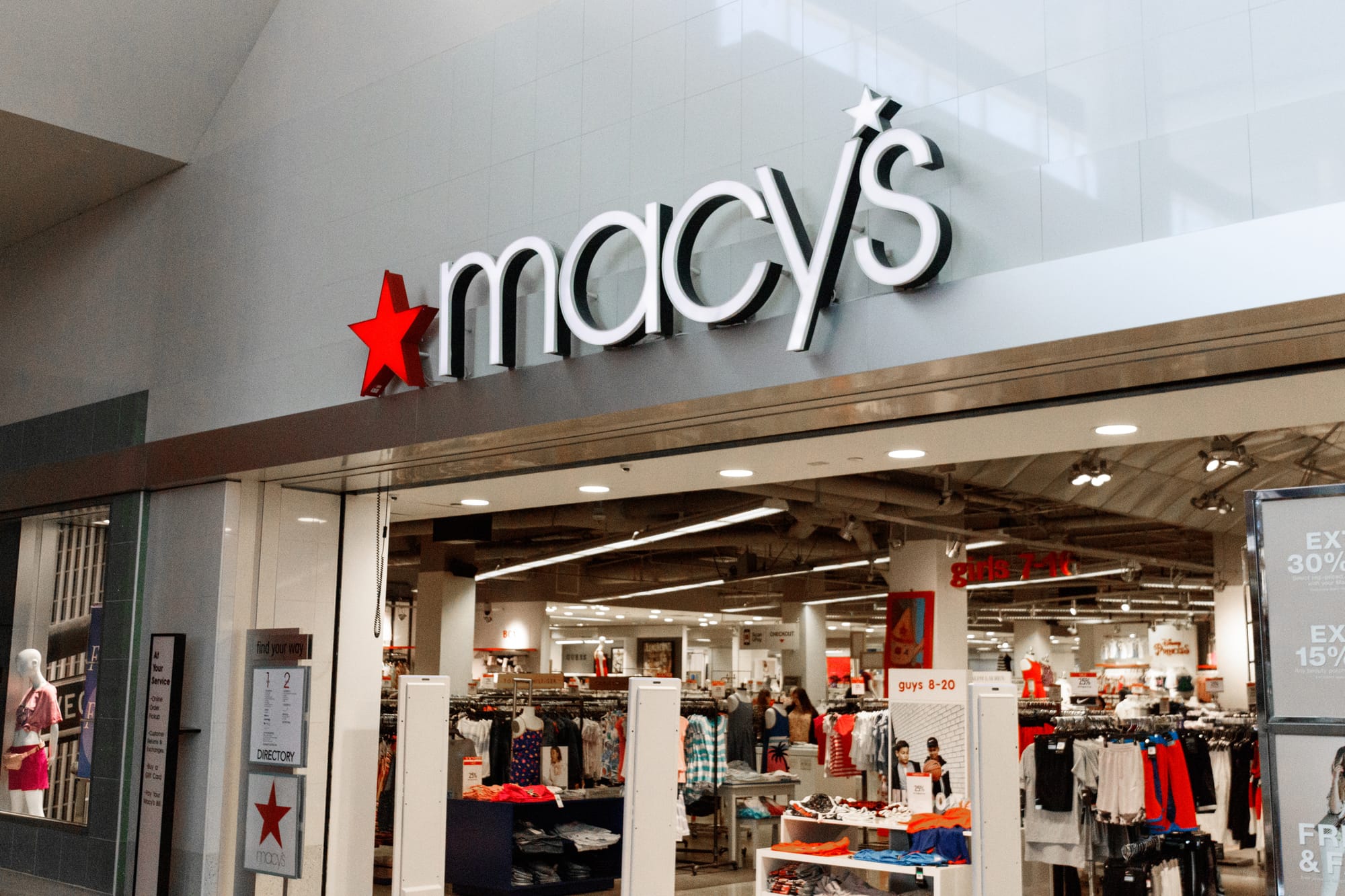
DTC vs. Wholesale
Wholesalers purchase goods in bulk from manufacturers and then distribute them to retailers, who sell them to end consumers.
If wholesale didn’t exist, manufacturers would need to deal with small buyers, handle logistics for each individual transaction, and face challenges in scaling their operations.
The direct-to-consumer (DTC) model, by contrast, eliminates wholesalers and retailers entirely, enabling manufacturers to sell directly to consumers.
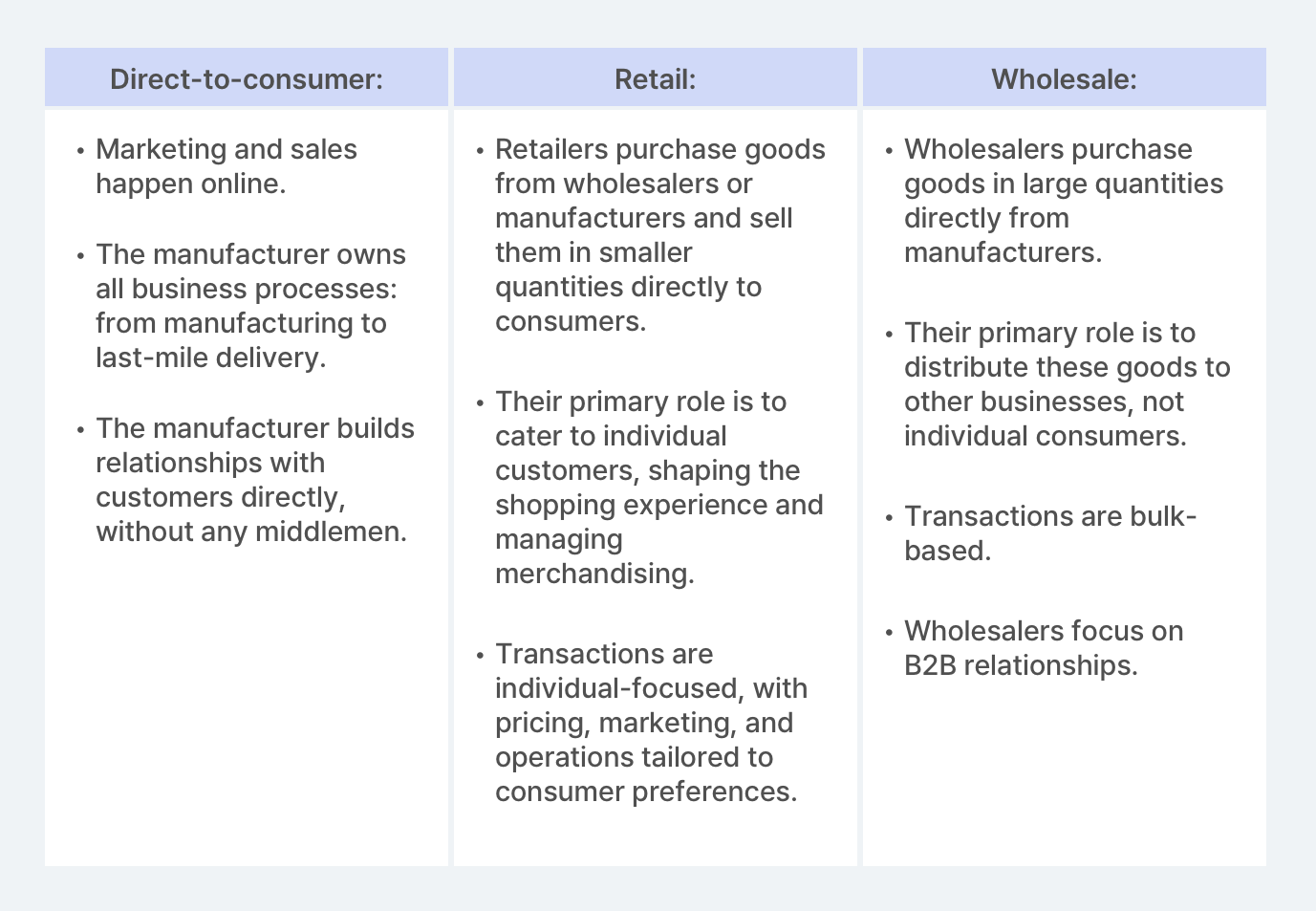
Wholesalers enable large-scale distribution, while DTC brands prioritize authenticity and individual customer engagement.
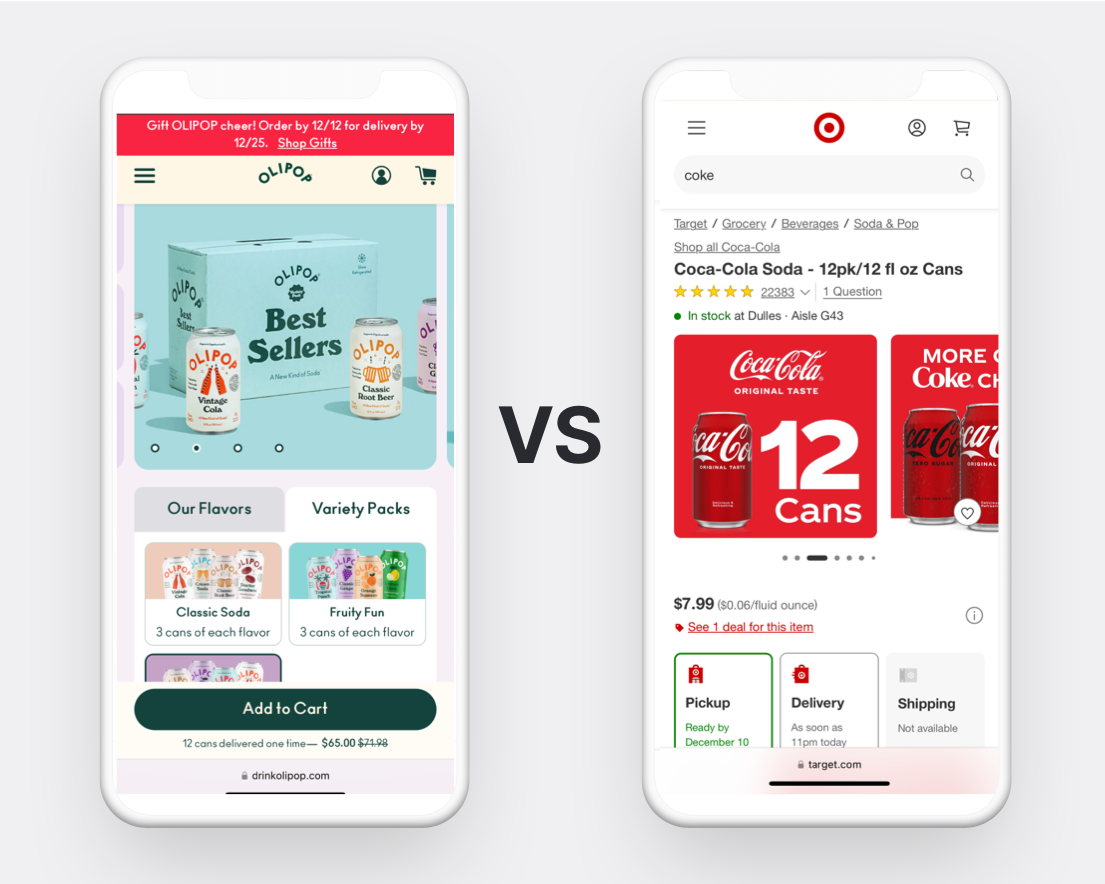
Is Coca-Cola DTC? Is H&M DTC? Is Amazon DTC?
No, no, and no. Coca-Cola (or The Coca-Cola Company) is a multinational company that manufactures drinks and beverages and distributes them to big and small retail chains.
H&M isn’t exactly a DTC business either. The brand “H&M” is part of a portfolio of the large international retail company. The main company owns the branding and the selling process. But their sourcing, manufacturing, and marketing include several intermediaries: clothes are produced in countries like Cambodia and Bangladesh, and then distributed throughout the world.
Amazon.com is an online marketplace, while Amazon (the company) acts as a retailer for some products.

Are DTC Sales Preferable for Businesses? The Pros and Cons of DTC
The DTC model undoubtedly offers significant advantages for founders, which can be summarized as follows:
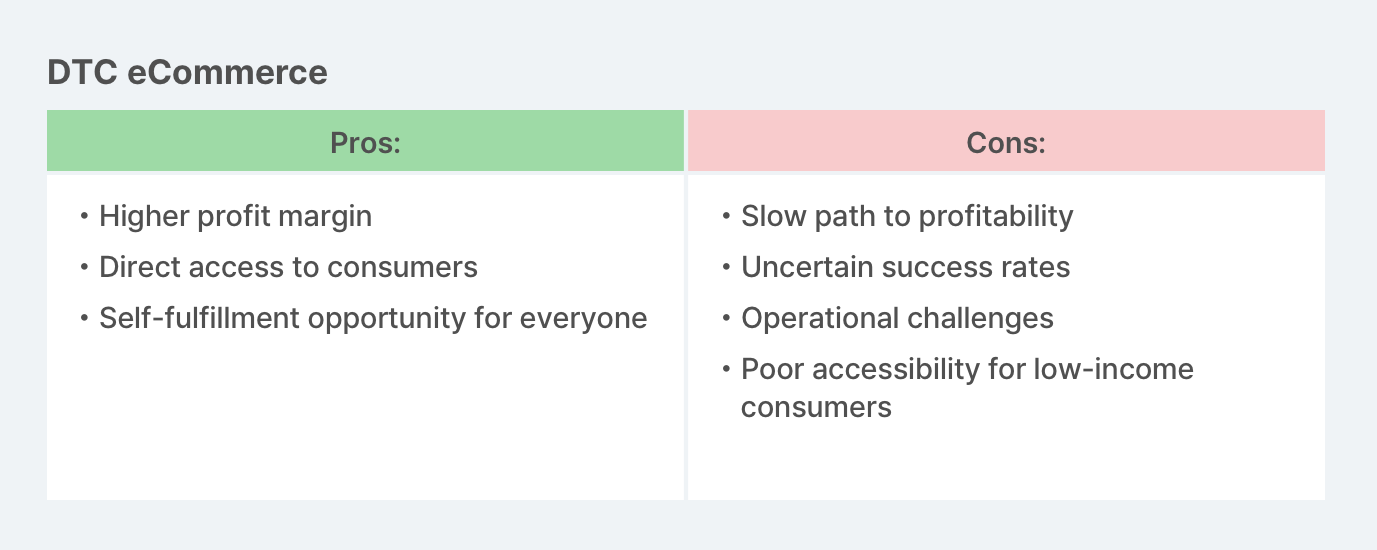
Higher profit margins
By eliminating middlemen, founders retain more revenue, leading to greater profitability.
Direct access to customer data
Insights into customer motivations, pain points, demographics, and preferences enable brands to improve their offerings and drive revenue growth.
The rise of small businesses is also good for society. It creates a fairer market and promotes self-fulfillment for every individual.
DTC brands often deliver superior customer experiences, going the extra mile to meet personal needs. Which is amazing for consumers.
So, why doesn’t every business choose the DTC model?
Because it comes with significant limitations and challenges.
Slow path to profitability
For small businesses starting from scratch, it takes time to break even and/or turn a profit. Large companies with established revenue streams can afford to wait years until a new venture brings positive returns—an option that’s simply unrealistic for most people. Imagine working “for free” for a couple of years before earning any significant surplus. Do you have other stable income streams to sustain yourself? And, perhaps more importantly, do you have the determination to keep believing it’s worth it?

Uncertain success rates
According to Harvard Business Review, two thirds of startups fail, and it’s nearly impossible to predict which ones will succeed. While knowing your customers deeply and serving their needs is crucial, many DTC startups still struggle to survive.
Operational challenges
Success in DTC isn’t just about having a great product—it also requires operational excellence. For example, overordering stock can result in significant financial losses. Other big and small catches include hiring mistakes and unreliable contractors. A founder of an SMB should always remain on guard; he or she deals with much more responsibility than, say, an employee.
Poor accessibility for middle and low-income consumers
With all the benefits DTC offers to both end users and founders, DTC brands often have pricing that isn’t budget-friendly, making them somewhat of a niche or premium option. Many DTC companies are positioned as “alternative” options for specific needs rather than comprehensive solutions.
Even for those with higher incomes, it can be impractical to purchase exclusively from DTC brands. For instance, if you want luxurious bed sheets, you might shop at Parachute. But if you simply need an affordable set for guests, you’ll turn to Target or IKEA.
It is easier to find premium-priced DTC products than budget-friendly ones.
It’s amazing that customers can find different options on the market, including those sold through retail chains, and marketplaces.
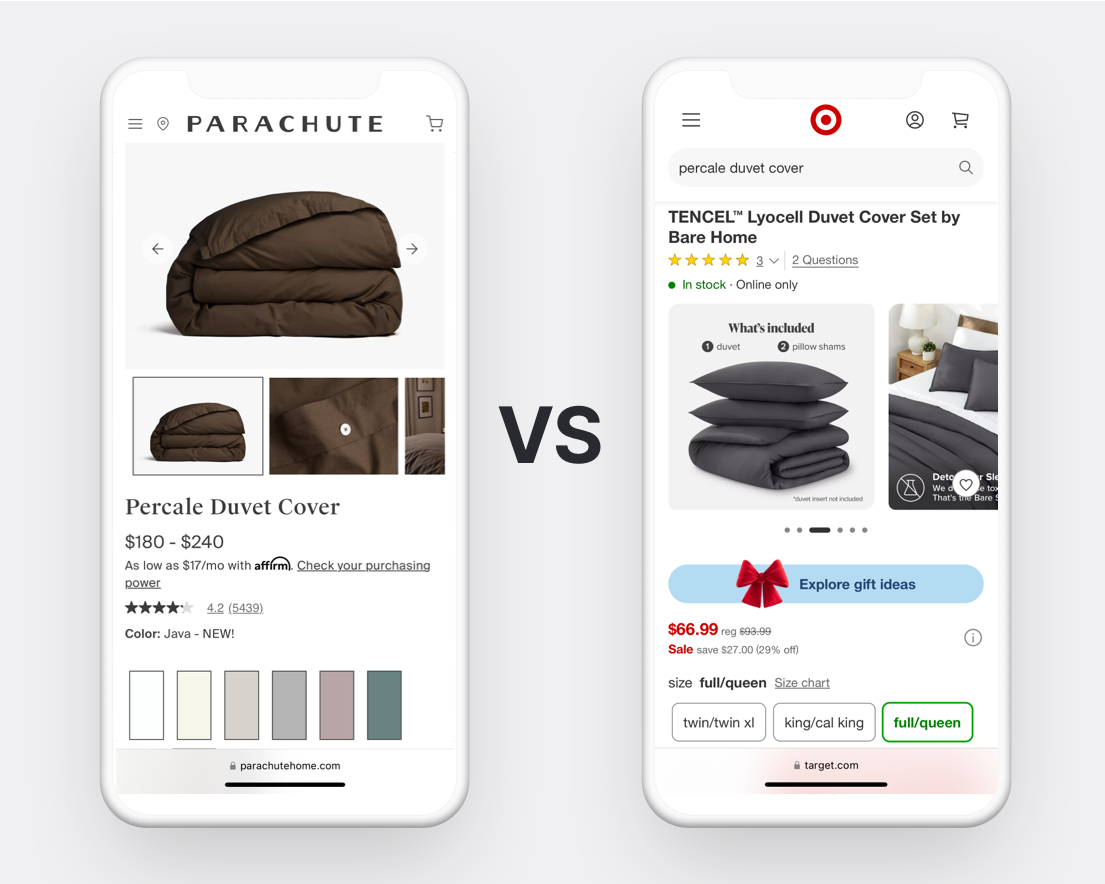
The Importance of Inventory Management for Successful DTC Brands
If a DTC brand decides to manage inventory directly, solid warehouse operations become a central business process. Good news: there are solutions like BoxHero helping to organize and automate inventory.
Here are some challenges that BoxHero helps you tackle:
- Launch a barcode or QR-code based inventory system
- Check the current inventory data from a PC, phone, or tablet, and share access with your employees or partners
- Ensure that popular products are always in stock with low stock alerts and receive monthly newsletters with inventory insights
There are dozens of other use cases where BoxHero can be helpful. Check out our customer testimonials!
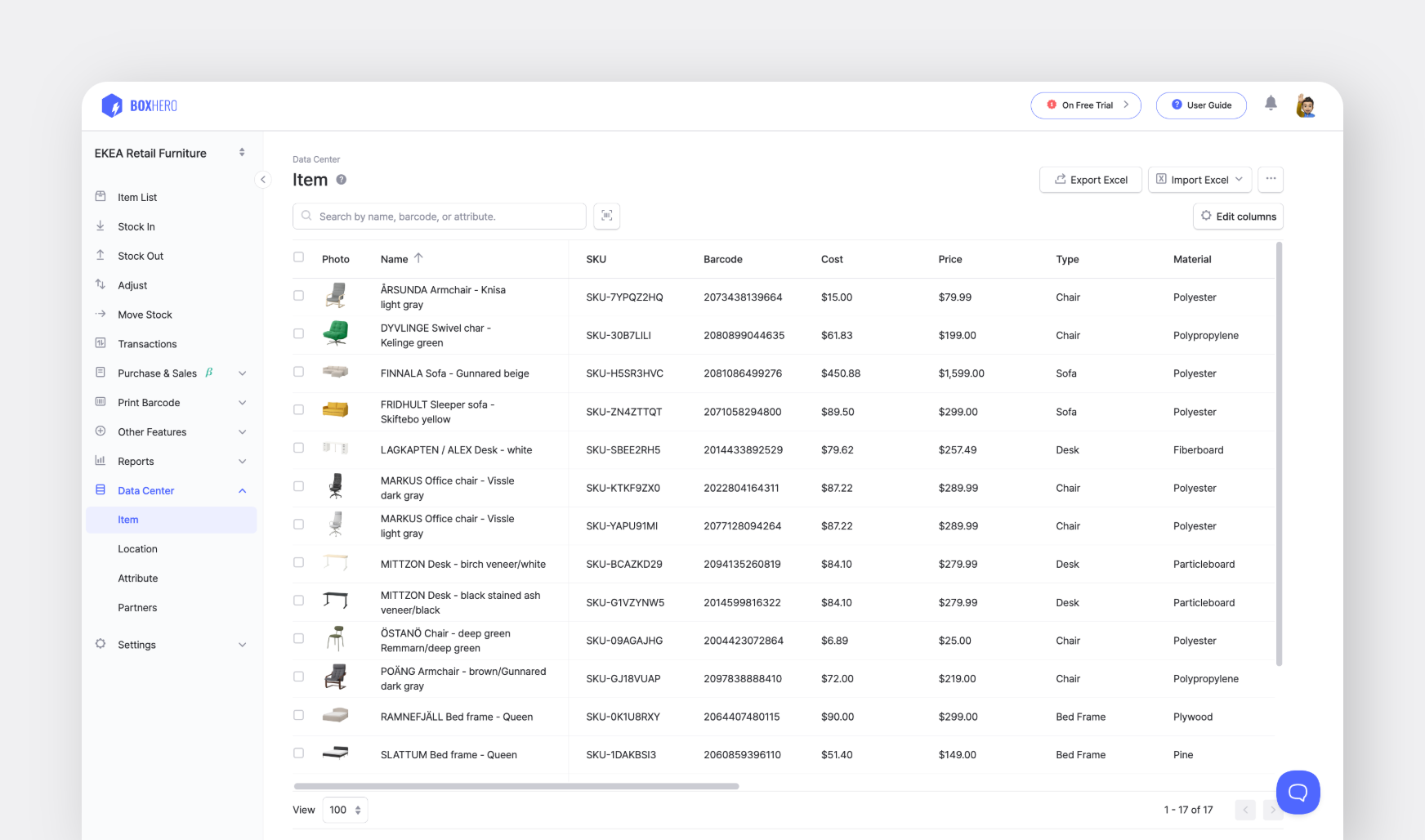
Is DTC Only About Products? Can Services be Sold DTC?
No, DTC isn’t limited to products; services can also be sold directly to consumers. While DTC is often associated with tangible goods (like clothing or beauty products), the concept applies equally to services where the provider eliminates intermediaries and interacts directly with customers.
A website designer building their own professional brand on social media instead of searching for clients through a marketplace such as Fiverr or Upwork is an example of a direct-to-consumer service marketing.

Key Takeaways
- Direct-to-consumer e-commerce is a business model and a marketing approach, where brands promote and sell products directly to their consumers, without working with middlemen like wholesalers and retail chains.
- DTC e-commerce is a relatively young phenomenon, relying heavily on online e-commerce channels.
- On one hand, DTC e-commerce gives businesses an opportunity to influence their target audience immediately. On the other hand, direct interactions bring operational challenges, such as handling logistics and inventory on your own.
- One solution to these challenges is smart inventory management through software like BoxHero. BoxHero is cloud-based and allows you to access your inventory from both PC and mobile. You can invite your staff and collaborate on the inventory with them. Inventory management through BoxHero relies on barcodes: generate, print, and scan any barcode.


